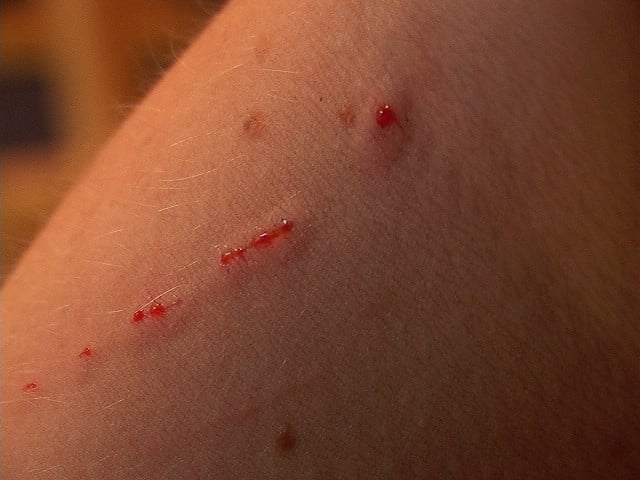A pilot study which was conducted by a University of Wisconsin-Madison veterinary medicine professor found signs of a Bartonella infection from cat-scratch disease-based bacteria that could potentially cause the victim to suffer from schizoaffective and schizophrenia disorder.
In the Wisconsin State Journal, the research team conducted blood tests on 17 individuals with medically managed schizoaffective and schizophrenia disorder. They also had a control group of thirteen healthy adults to test for the Bartonella DNA. Twelve out of the seventeen patients with these disorders had blood that contained the Bartonella DNA. In the control group, only one person had the Bartonella infection.
What’s Cat-Scratch Fever?
Healthline classifies cat-scratch as a fever/disease that humans get from cats with the Bartonella infection. The CDC claims that the rise in kitten adoptions all across the country is what has led to roughly 12,000 cat-scratch cases, and the hospitalization of 500 of these cases.
You get this fever when you’re scratched or bitten by a cat that has the Bartonella infection. You can also get this fever if the saliva of an infected cat touches your eyes’ whites or enters an open wound. The infection is also, occasionally, carried by a tick or flea that’s got the bacteria. However, the disease can’t be transferred from human to human.
Cat-scratch fever symptoms include sore throat, weight loss, appetite loss, body aches, low-grade fever, headache, fatigue, swollen lymph nodes, scratch/blister sites, and many others. In addition, a study that was conducted recently shows that the Bartonella DNA can cause schizoaffective disorder and schizophrenia.
Erin Lashnits, a lead author of the study, found signs of the Bartonella DNA in patients suffering from schizoaffective and schizophrenia disorder.


